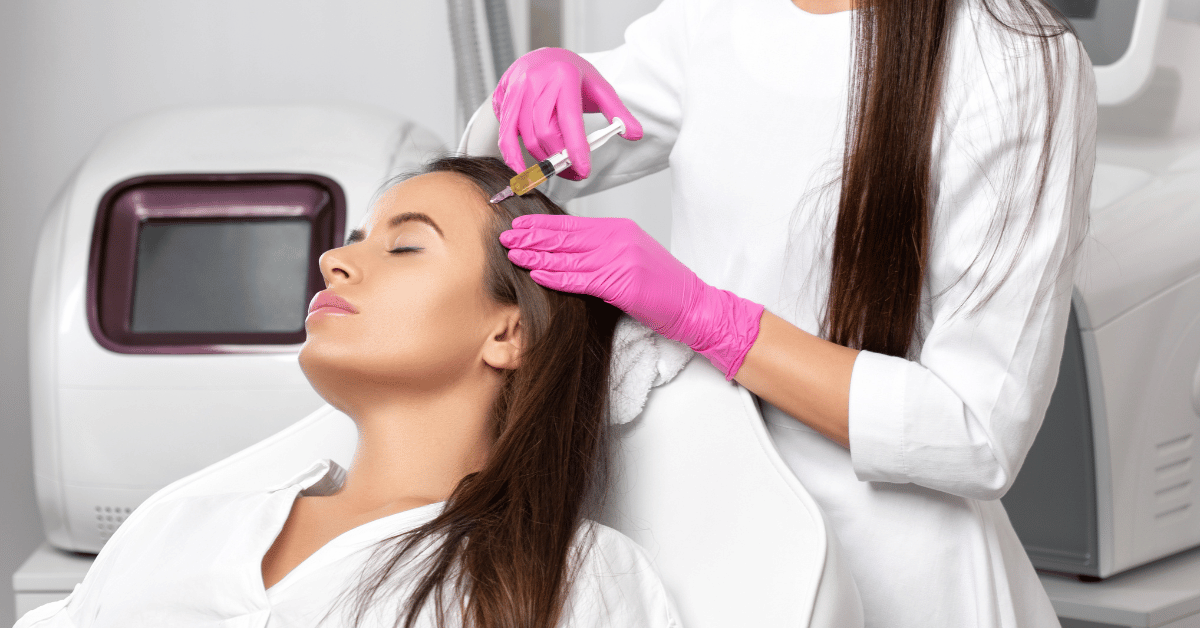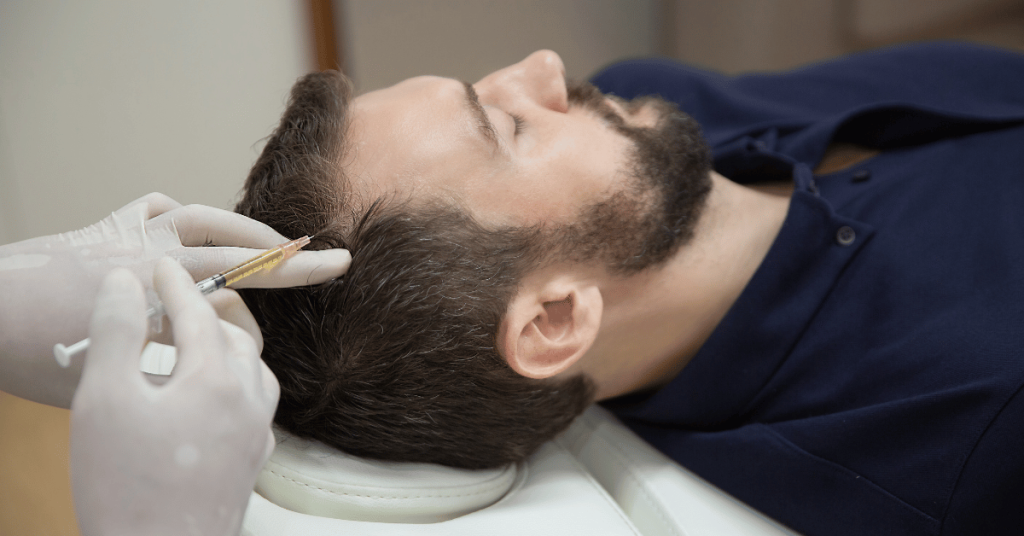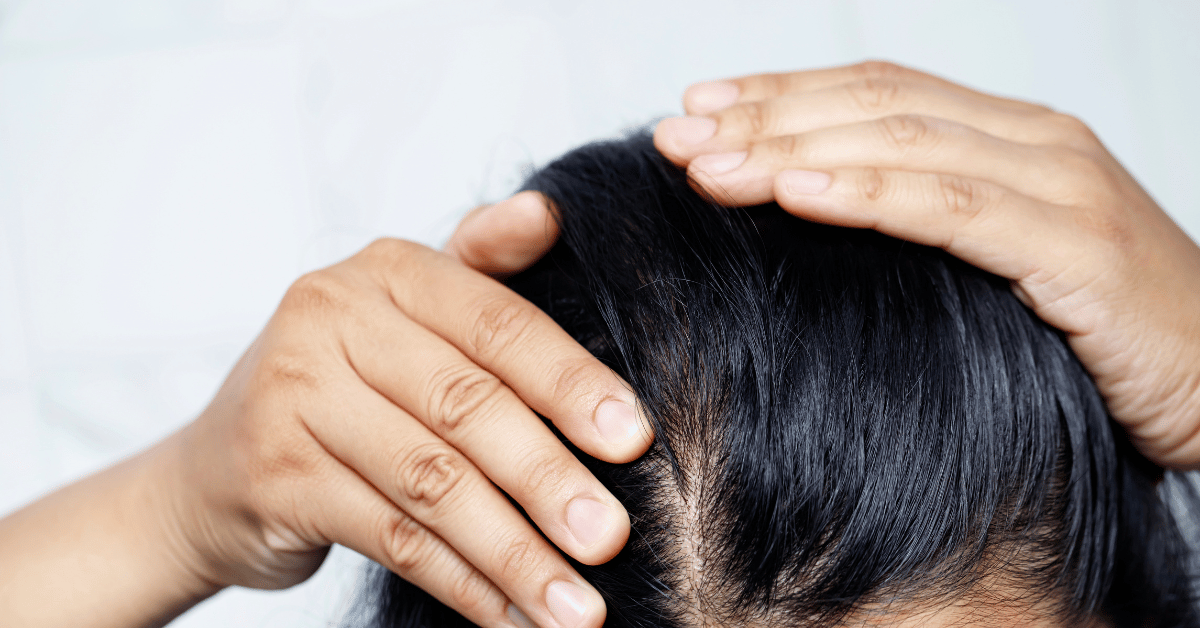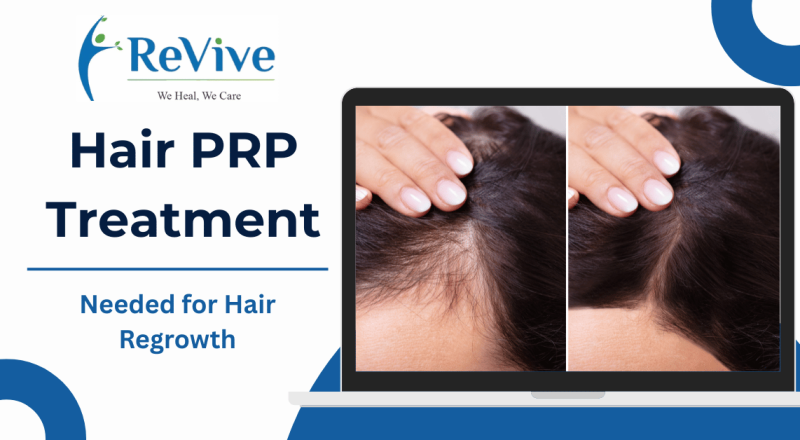PRP Treatment In Mumbai
Hair loss can be stressful. If you’ve been looking for non-surgical ways to restore hair growth, PRP therapy might have caught your attention.
PRP, or Platelet-Rich Plasma therapy, uses your body’s own blood to stimulate hair regrowth. It’s a safe, minimally invasive procedure that many people consider when dealing with hair thinning or early baldness.
But how many sessions do you really need for visible results? Can one session do the job? Or is this a long-term commitment?
This blog will explain how PRP works, how many sessions you might need, what influences the treatment plan, and when to expect visible results. We’ll also answer some common questions patients ask before starting PRP therapy.
What Is PRP Therapy?

PRP stands for Platelet-Rich Plasma. It’s a treatment where your blood is drawn, processed in a centrifuge to isolate the plasma rich in growth factors, and injected into your scalp.
These growth factors help stimulate hair follicles. The goal is to encourage existing hair to grow thicker and prevent further hair loss.
PRP does not create new hair follicles. Instead, it works best on areas where hair is thinning. That’s why early intervention is key.
How PRP Works for Hair Regrowth
PRP improves blood supply to the hair root. It strengthens the hair shaft, thickens existing hair, and supports dormant follicles to become active again.
Here’s a simple breakdown of how it works:
- Step 1: Blood is drawn from your arm.
- Step 2: The blood is spun in a machine to separate platelets.
- Step 3: The platelet-rich portion is injected into areas of hair loss.
Each session takes about 45 minutes. There is no downtime. You can return to work the same day.
How Many PRP Sessions Are Typically Needed?

Most people need a series of 3 to 6 sessions to see noticeable results.
These sessions are spaced 4 weeks apart.
Here’s a typical treatment timeline:
- Month 1: First session
- Month 2: Second session
- Month 3: Third session
- Month 4-6: Additional sessions if needed
After the initial course, maintenance sessions every 4 to 6 months are recommended. This helps preserve hair growth and reduce future thinning.
What Factors Influence the Number of Sessions?
The number of PRP sessions you’ll need depends on several personal factors:
1. Stage of Hair Loss
Mild hair thinning usually responds faster than advanced hair loss. If you have early signs of hair fall, fewer sessions may be enough. For more extensive thinning or bald patches, more sessions are often required.
2. Age and Genetics
Younger patients and those with no family history of baldness tend to respond better. If hair loss runs in your family, results may take longer or need more consistent maintenance.
3. Overall Health and Lifestyle
Smoking, poor diet, stress, and hormonal imbalances can affect hair health. If you address these along with PRP, your results may be faster and longer lasting.
4. Consistency of Treatment
Skipping sessions or delaying maintenance appointments can slow down results. Consistency matters.
What Results Can You Expect and When?

PRP is not a quick fix. Hair grows slowly, so results take time.
Here’s what you can typically expect:
- After 1 month: Minimal change. Some patients notice reduced hair fall.
- After 3 months: Early signs of regrowth. Hair feels thicker.
- After 6 months: Visible volume, better texture, and reduced thinning.
- After 12 months: Maintenance sessions help preserve results.
Realistic expectations are important. PRP is not a cure for baldness but a way to manage hair loss.
Is PRP Right for You?
PRP works best for:
- Men and women with early-stage hair thinning
- People who have androgenetic alopecia
- Patients looking for a natural, non-surgical solution
- Those willing to commit to repeated sessions
It may not work well for those with complete baldness, scarring alopecia, or certain medical conditions.
A consultation with a trained professional can guide you.
Meet the Doctor
Dr. Manisha Saney is a trusted Cosmetologist and Trichologist at Revive Clinic, Kurla, Mumbai. With a strong background in homeopathy and patient counseling, she has helped many people navigate hair and skin concerns confidently.
She specializes in helping patients understand treatment goals, timelines, and realistic outcomes. Her expertise in hair restoration has made her a go-to name for PRP therapy in Mumbai.
Revive Clinic offers comprehensive skin, hair, homeopathy, and laser treatments under one roof.
Frequently Asked Questions (FAQs)
1. Is one PRP session enough to stop hair loss?
No. One session may reduce hair fall slightly, but it won’t produce visible regrowth. A minimum of 3 sessions is usually needed to see clear improvement.
2. Are PRP results permanent?
PRP results are not permanent. Maintenance is key. Regular sessions every 4–6 months can help sustain the outcome and reduce further hair loss.
3. Can I combine PRP with other hair treatments?
Yes. PRP can be combined with topical treatments like minoxidil or oral supplements. Your doctor can create a customized plan based on your condition.
4. Is PRP painful?
Some patients feel mild discomfort or pinching during the injection. A numbing cream is usually applied before the procedure to reduce pain.
5. Is PRP safe for everyone?
PRP is safe for most people. But if you have blood disorders, chronic illnesses, or active infections, you may not be eligible. Always share your full medical history before starting.
Final Thoughts
PRP therapy can be a valuable tool in the fight against hair loss. While it requires multiple sessions and regular maintenance, the results can be worth it for many patients.
If you’re experiencing thinning hair, talk to a certified trichologist. A proper diagnosis and personalized plan can help you make the most of PRP.
Start early. Stay consistent. And trust the process. Hair restoration takes time, but with the right approach, you can see real, lasting results.
